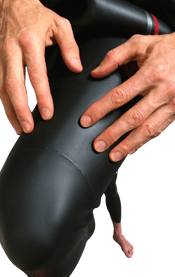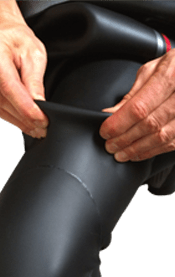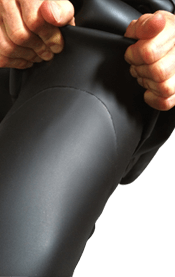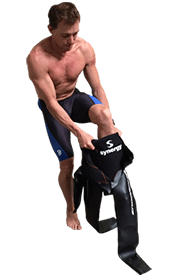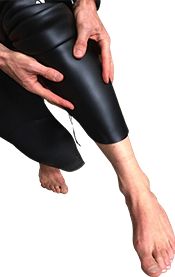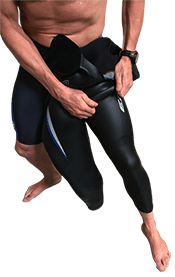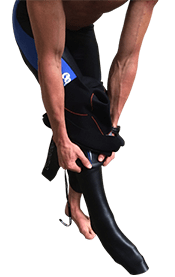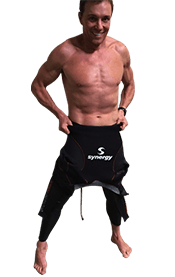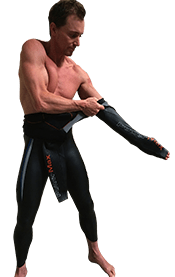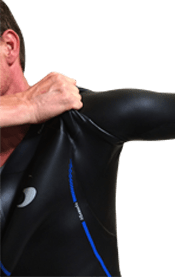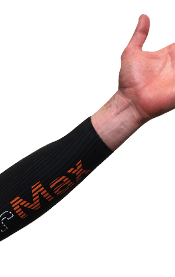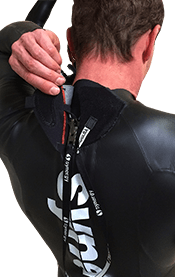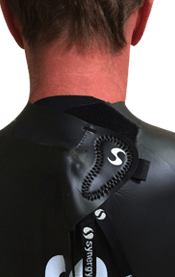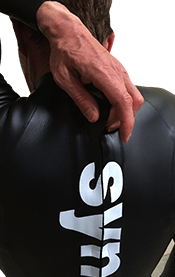1. A triathlon wetsuit is meant to fit snug.
2. A triathlon wetsuit will feel much less snug when wet and in the water, so you want it to be a little tight when your are dry and first putting it on.
3. If you are wet or sweaty, it is almost impossible to put on a wetsuit. Make sure you are dry and cool before putting on your suit!.
4. A triathlon wetsuit is not a dry suit, so water will come into the suit. This is good as long as your don’t have water slushing around in your suit. If that happens, your suit is too big and you will need a size exchange.
5. If you are swimming in your new suit and it it feels tight, try to open your neck a little and allow some water in.
6. A new suit becomes a little more flexible after a few swims, so always take some time to swim in your new suit to make sure it fits properly.









